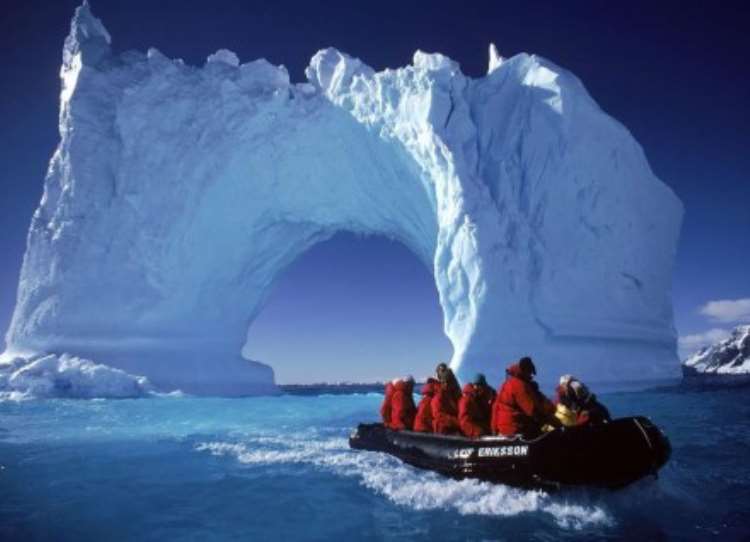Before Your Polar Expedition: Things You Didn't Know About The North Pole

Curious about the North Pole? Go and see Santa’s home in a unique and unforgettable polar expedition.
An expedition to the North Pole is certainly not a budget travel experience, but you probably already know that.
If you really want to have your very own Arctic adventure, here are some things you probably did not know about the North Pole but would come in handy during your polar expedition.
The Climate in the North Pole
- The North Pole is always cold. In the summer, its temperature is 0 degrees C, and it gets even colder – up to -34 degrees C – in the winter.
- The warmest it ever got in the North Pole is 5 degrees C, based on recorded temperatures.
- Once the sun rises in March, it does not set for the entire summer season. It only sets in September, when the fall season rolls along.
- The North Pole is actually a bit warmer than the South Pole since it absorbs heat from the Arctic Ocean that surrounds it.
The First Trips to the North Pole
- There are many people claiming to be the first explorer who reached the North Pole. The credit belongs to Robert Peary, who reached it on a dog sled, back in 1906.
- The first flight over the North Pole was accomplished by Richard E. Byrd and Floyd Bennett but some believe that they may have missed the actual pole. Some believe that the real credit belongs to Roald Amundsen and Umberto Nobile.
- In 1968, Ralph Plaisted travelled by snowmobile and completed the first overland expedition to the North Pole.
- The first underwater submarine expedition to pass beneath the pole occurred in 1958. The submarine was called the USS Nautilus.
Traveling to the North Pole
- The North Pole does not belong to any country but is instead part of international waters.
- A person standing on the North Pole will always be pointing south no matter which direction he/she pointed to.
- The land nearest to the North Pole is Kaffeklubben Island just off the northern coast of Greenland. It is uninhabited.
- The nearest inhabited land is Alert in Canada’s Qikiqtaaluk Region in Nunavut. The people who live there are native Inuit tribes.
- Want to see some polar bears or perhaps a walrus? Schedule your expedition between June to mid-July.
- The main activities there are skiing and dogsled, although some expeditions offer skydiving and several others.
- There is an annual North Pole marathon.
- You will probably have to stop at the Russian polar research station, which is considered as the ‘ice airport’.
- Upon arriving, it’s a tradition to have celebratory caviar and champagne.
- The best time to visit is in April, when the sun is already up but the ice is still strong after the recent winter.
- The easiest way to travel to the North Pole is by joining a cruising expedition, which come in many types and offer different itineraries. Here are some of them:
- Spitsbergen Explorer cruise, which leaves from Norwegian Island and lasts for a total of 11 days
- The Ultimate Arctic Adventure, which leaves Russia and goes straight to the actual pole by helicopter
- Global Expedition Adventures, which offer overnight packages right in the Pole and even skydiving; the cost is $12,000 for each person.
- Arctic Direct, which follows the route taken by Commander Robert E. Peary when he reached the Pole in 1909
- North Pole Adventures, which offers honeymoon packages and other specialized packages; the tours start in Frankfurt and Moscow
- It is possible to sleep in the North Pole for one or more nights. Tour groups are usually provided with temporary heated camps and shelters. But many people choose to leave by night and fly back to civilization where hotels provide conventional shelter.
- The cheapest way to go on a polar expedition is to just go on a flying expedition over the Pole itself. These usually fly from Germany or somewhere in the UK and fly over Norway, the Svalbard, and finally to the North Pole. Although these don’t land, pilots usually fly low when there’s something of note to see.